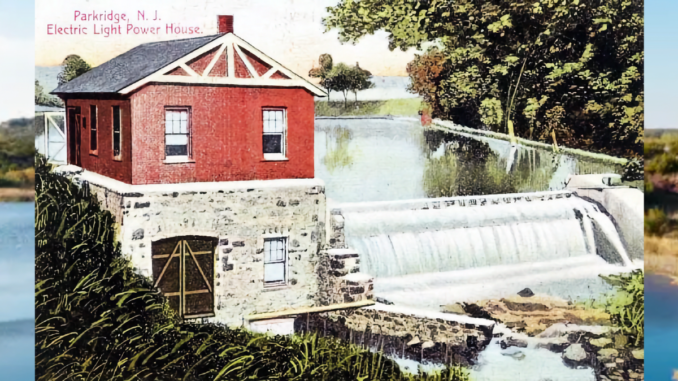
PARK RIDGE—The borough’s engineer has furnished a frequently asked questions document about the Nov. 7 public referendum over a $15 million-plus plan to dredge Mill Pond.
One highlight: The pond’s accumulation of sediment over 44 years “has resulted in loss of stormwater storage capacity and degradation of the aquatic ecosystem within the pond.”
The FAQ (at parkridgeboro.com) was prepared by Neglia Engineering to answer residents’ questions about the non-binding referendum that asks residents to vote yes or no on a proposed bond for $15.5 million to dredge and restore the pond.
The borough is not bound by its results though officials are likely to follow the will of residents when final votes are tallied.
The borough’s project grant request — prepared by Neglia Engineering — was due March 17 to the Fiscal Year 2024 Community Project Funding Request.
The referendum is one of two public questions in Pascack Valley on Nov. 7. The other is a binding question that asks voters in River Vale to increase local taxes to hire three special officers for schools at an annual cost of $230,000.
Approximately 16 feet of sediment is impairing the pond, states Neglia Engineering’s FAQ. Recent meetings have focused attention on what some residents — and Mayor Keith Misciagna — see as a critical need to dredge the pond.
Misciagna has lobbied for millions in state and federal funds for the project, including for a $12 million grant pushed by Sen. Holly Schepisi (R-River Vale, and the borough’s water rate counsel), and additional funds from Congressman Josh Gottheimer (D-5).
Although no large grants have yet come through, the borough received a $1.5 million state grant that could be used for capital projects such as dredging, officials said.
Pascack Press spoke with Council President William Fenwick about the non-binding referendum’s potential impact.
“Despite the mayor’s calls earlier in the year for the council to fund such a dredging project in this year’s budget, the entire council felt that before any action on a dredging project could be taken that the issue should be put to the people via a public referendum that was completely transparent as to the costs,” Fenwick told us.
The referendum notes that taxes will go up 5% if the $15 million-plus project moves forward.
He added, “I have always advocated for fiscal restraint and tax relief for our residents. Fifteen million dollars in additional spending and a 5% municipal property tax increase is way too much money to spend without first going to the people to see if they are even interested in moving forward with such a costly project,” Fenwick said.
Fenwick said looking back at the history of the pond, most decisions on the pond had been decided by public referendum, such as funding its initial construction, and reconstruction in the 1950s.
He noted, “My running mates and I would like to see the pond dredged, but not on the backs of taxpayers. We support the people having their say via the referendum… Once we obtained the $1.5 million grant from the state, it made sense to hold a … referendum since the grant funds then became available to use toward the project.”
The FAQ also mentions potential environmental impacts of the pond’s continued siltation and loss of stormwater storage.
“The accumulation of sediment in the Mill Pond has resulted in flora and fauna degradation, which has adversely impacted the overall ecosystem within the pond,” it says.
“Additionally, siltation within the pond has resulted in areas with stagnant water and mosquito breeding. As is well established, areas with significant mosquito breeding are often subject to associated health concerns. Since the pond is located in close proximity to the surrounding community while serving as a well-utilized passive recreation area, this is of utmost concern,” Neglia explains.
Prepared by borough engineer John Dunlea of Neglia, the FAQ notes a total project timeline of 12–18 months, with initial design and permitting taking six to eight months.
“We anticipate construction spanning a period of eight to 10 months, based upon weather and subsurface soil conditions encountered during construction. The existing pond would be drained and dredged utilizing excavators and dump trucks. All dredged material will be trucked off-site,” wrote Dunlea.
